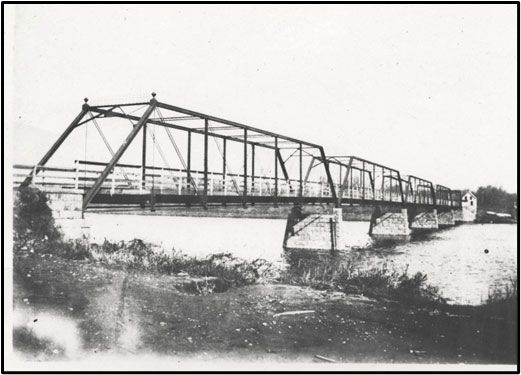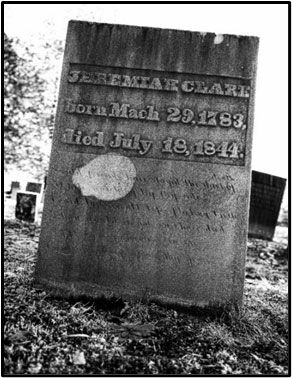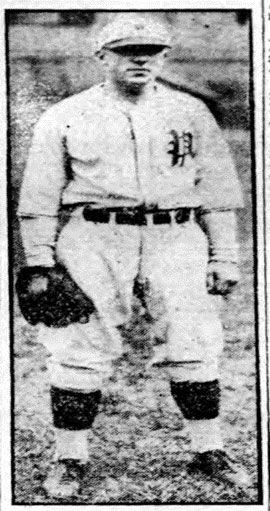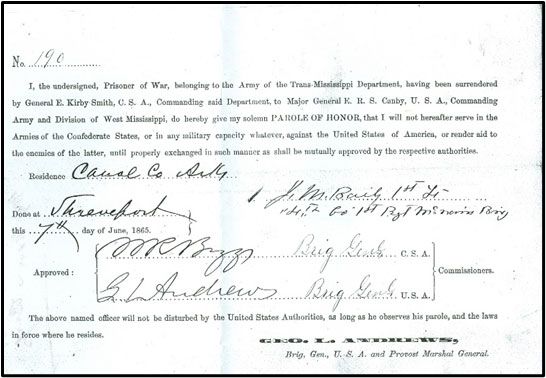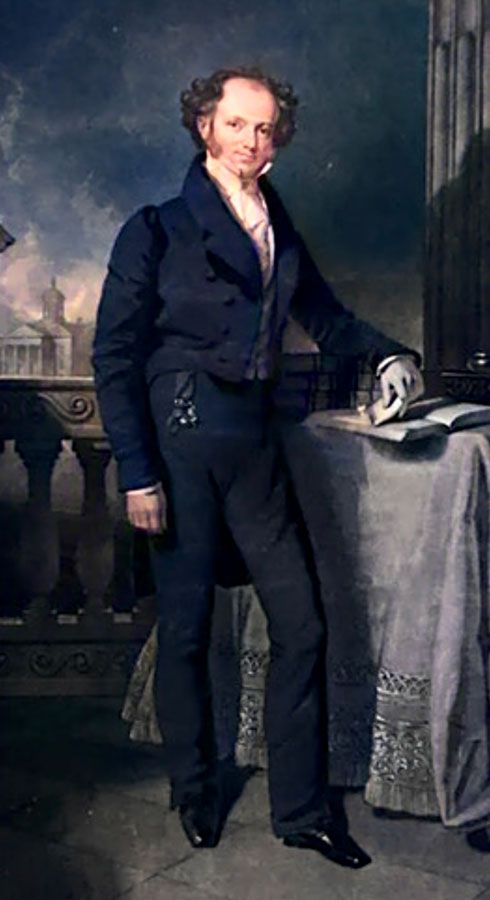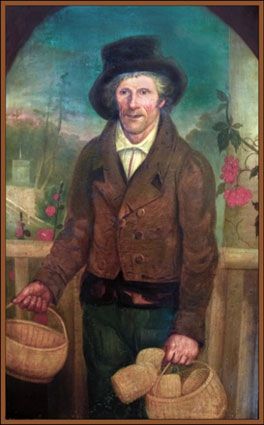A Bridge at Vischer Ferry

Vischer Ferry Bridge 1901-1902
Photo provided by The Saratoga County History Roundtable.
Before the Northway, you would gain access to Clifton Park from the south by crossing the Mohawk River at either the Route 9 bridge to Crescent, or the Route 146 bridge to Rexford. These bridges existed since the early nineteenth century. Between these two bridges there were three ferries, Dunsbach Ferry, Forts Ferry, and Vischer Ferry. The most logical place for another bridge was at Vischer Ferry. This would provide direct access into the heart of Clifton Park.
The residents of Clifton Park wanted a bridge at Vischer Ferry ever since the Town was formed in 1828. An act to incorporate the Vischer’s Ferry Bridge Company was passed by the State legislature on April 19, 1828. Within two years a good and substantial bridge was to be constructed across the Mohawk River at some point within two hundred and fifty yards of Vischer’s Ferry. The width of the bridge was to be not less than twenty feet and was to be kept in good condition by the bridge Company.
The Act to incorporate the Vischer’s Ferry Bridge Company gave the company three years to erect the bridge, otherwise the corporation created by the Act would be dissolved. Evidently not enough investors could be found, as this bridge was never constructed.
The idea of having a bridge at Vischer Ferry did not die. In February 1900 engineers were busy taking soundings for the abutments of a proposed new bridge across the Mohawk at Vischer Ferry. This bridge, which was indeed erected, was 790 feet long, and cost $31,845, financed by local monies.
In the spring of 1901, two sections of the bridge went out with the ice floods, and it was decided to raise the bridge some three feet. However, in 1902 the spring floods carried the entire bridge away before the job was completed. The total return on the investment was a toll collection of $1,300.
There was someone on the bridge when it went down. As the bridge began to vibrate and shake, he reversed his direction and made it to safety, just as the bridge collapsed into the river. A local newspaper gives his eye witness account.
The residents of Clifton Park petitioned the State legislature for a new bridge, and bills were introduced every year from 1910 to 1928 for the creation of such a bridge at a cost ranging from $75,000 to $370,000.
In a 1916 petition in support of the Vischer Ferry Bridge, the Town of Clifton Park indicated that the town and adjoining communities had suffered serious injury and hardship since the destruction of the bridge. “We have been deprived of all means of direct and convenient intercourse with the commercial centers to which we formerly carried our produce; the value of our property has been seriously depreciated, and we have suffered in respects too numerous to mention by reason of the failure of the state to erect a bridge thus far.”
The Town argued that Vischer Ferry is about halfway between Rexford and Crescent, and the natural converging point of all highways running through the Town of Clifton Park. Thus, it was a logical location for a proposed bridge. The ferry currently at that location could only be operated about seven months out of the year. The 1916 memorandum also indicated that a bridge would assist area fruit growers by placing them in direct communication over improved highways with Albany, Schenectady, Troy, Cohoes, and Watervliet.
In 1910 the bridge bill was passed by the Assembly but failed the Senate. The bills for 1912-1913 passed both houses but were vetoed by the Governor, and in 1915 it only passed the Assembly.
Even after the Canal Board investigated and determined that Vischer Ferry was the most advantageous location for the bridge, new bills introduced between 1918 and 1926 either died in committee or only passed one house.
In 1927 and 1928 both Saratoga County and Schenectady County each appropriated funds for a bridge, but the state was not forthcoming with the remainder. By 1929 a new bridge bill indicated that the bridge at Vischer Ferry would be erected wholly at the cost of the State. This change from previous legislation dividing the expense between the State and counties of Schenectady and Saratoga was a result of Governor Roosevelt’s endorsement of a plan to convert old canal lands on the north side of the river into a public park.
The question of a bridge at Vischer Ferry seems to have finally died about 1934. It appears that Saratoga County was to benefit more than Schenectady County and when additional funding from Schenectady County was sought, it was not forthcoming. Also, additional legislation for the bridge never seemed to get out of Committee.
Had the bridge been erected, the character of Clifton Park would have been quite different. Development would have occurred much earlier and in different areas from the post Northway boom. Those of us who now reside in Vischer Ferry would probably have had an address of Vischer Ferry Estates South, and the Greek Revival architecture and canal history that we are so familiar with would truly be memories of the past.
